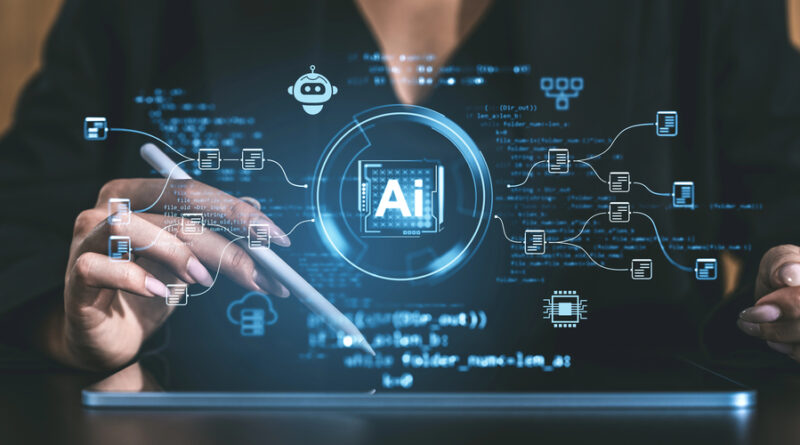AI Goes Mainstream on the Job: U.S. Workplace Adoption Nearly Doubles in Two Years
Artificial intelligence is no longer the fringe experiment you test at 1 a.m. with ChatGPT; it’s becoming a core companion for a growing slice of America’s workforce. A new Gallup survey shows that 40 % of U.S. employees have used AI on the job at least “a few times” in the past year—nearly double the 21 % who said the same in 2023. The share of workers tapping AI a few times each week has likewise jumped from 11 % to 19 %, while daily use has ticked up to 8 %.
White-Collar Surge, Blue-Collar Stall
Gallup’s data reveal a widening digital divide between knowledge workers and front-line staff. Roughly 27 % of white-collar employees say they now rely on AI frequently—up 12 points in just one year—while usage among production and front-line workers actually slipped slightly, from 11 % to 9 %.
| Industry | % Using AI Frequently |
|---|---|
| Technology | 50 % |
| Professional Services | 34 % |
| Finance | 32 % |
| Retail | 21 % |
| Manufacturing / Front-Line | 9 % |
“Coding copilots and data-wrangling bots are table stakes in tech and finance,” said Ben Wigert, director of research and strategy for workplace management at Gallup. “But AI hasn’t yet translated into the kind of robotic process automation that front-line roles would feel day-to-day.”
Leaders Log On First
Power users tend to sit higher in the org chart. One in three senior leaders—defined as managers of managers—report using AI at least a few times a week, double the rate for individual contributors. That top-down pattern could reinforce existing power dynamics: decision-makers armed with LLM-driven insights while rank-and-file employees grapple with legacy spreadsheets.
Fear of Replacement? Still a Minority View
Despite the adoption spike, only 15 % of workers think AI, automation, or robots are likely to steal their jobs within five years—a number unchanged since 2023. Anxiety is higher in technology, retail, and finance, where roughly one-in-five employees see displacement as probable. Gallup researchers believe hands-on experience may blunt existential dread: people who use AI daily often view it as a productivity amplifier rather than a pink-slip machine.
Policy Vacuum Leaves Employees Guessing
Perhaps the most startling finding: 44 % of respondents say their employer already uses AI, yet just 22 % have received clear instructions on how it should—or should not—be applied. Another 30 % said their company provided “some general policies,” while the rest operate in a Wild West of unregulated prompts and plugins.
That ambiguity matters. Workers given explicit guidance are three times more likely to feel prepared to collaborate with AI and 2.6 times more likely to feel comfortable doing so, Gallup says. “Without rails, employees default to gut instinct, which increases both compliance risk and missed opportunity,” Wigert noted.
What Forward-Thinking Firms Are Doing
-
Creating “AI Playbooks.” These micro-policies outline approved tools, data-privacy rules, and real-world use cases relevant to each department.
-
Running Sandboxes. Pilot environments let employees test AI workflows on dummy data before touching live customer info.
-
Tracking ROI, Not Hype. Metrics such as time saved, error-rate reduction, and revenue lift help justify—or kill—experiments.
-
Upskilling via Micro-Certs. Short, role-specific courses on prompt engineering or ethics can unlock immediate gains without multi-semester retraining.
Where We Go From Here
Generative AI’s workplace diffusion is following a classic S-curve: an early-adopter spike in white-collar settings, plateau among slower-moving sectors, and eventual trickle-down to front-line roles as tools mature. For employers, the next 24 months will separate those that harness AI’s compound advantage from those that drown in data-driven chaos.
One thing is clear: if you still consider AI an optional gadget, you’re already behind half of your peers—and your boss, too.
Photo Credit: DepositPhotos.com

